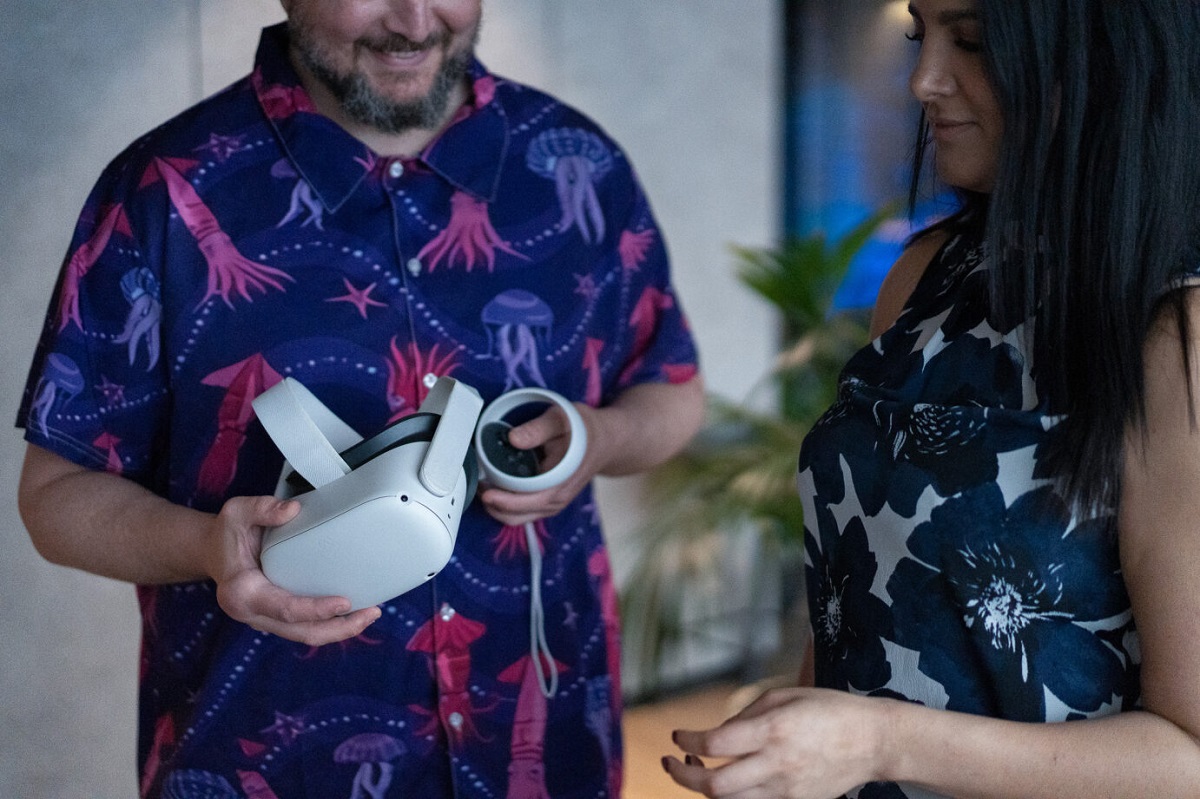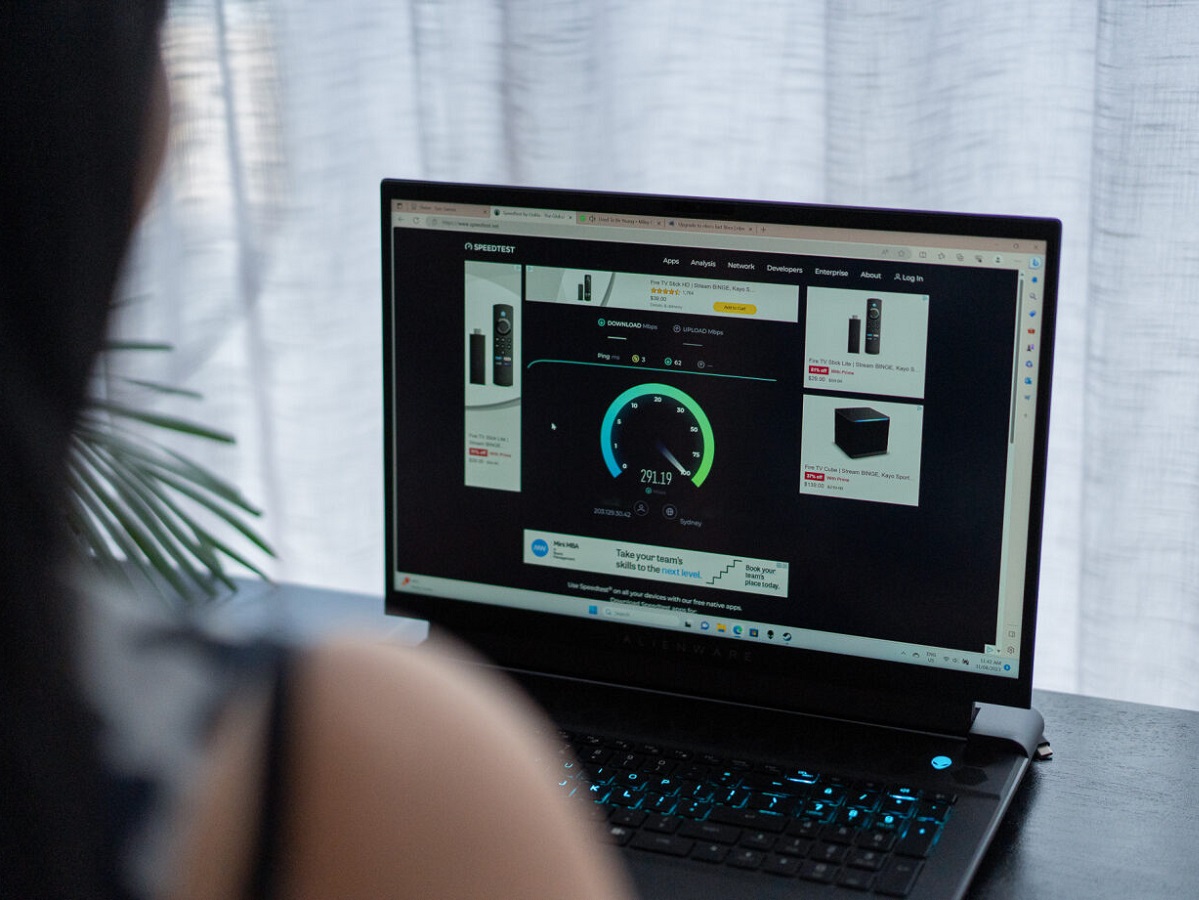Australians want technologies that can help keep households physically safe (47%), reduce their environmental impact (36%), and provide remote health and wellbeing support (33%) in their homes 10 years from now, according to new research from nbn.
With data use on the nbnnetwork tripling in the past six years, nbn commissioned the ‘Home of the Future’study to learn more about how Australians are using technologies in their home now, how technology will play a role in homes a decade from now and understand Australia’s appetite for immersive technologies.
Using connected technologies such as security cameras, motion sensors and kids GPS trackers to keep households physically safe was the clear winner across every state and territory except the NT, Tasmania and the ACT, where technologies that provide remote health and wellbeing support ranked number one.
Among those with home Wi-Fi, one in five nationally (22%) and one in four Victorians (27%) already use their broadband for telehealth consultations, and almost one in three Australians (30%) said they wouldn’t be able to access healthcare services without broadband.
Looking ahead, smart thermometers and smart scales are two examples of connected technologies helping to drive a generational shift in how Australians manage their health, moving from trying to ‘fix’ health issues to getting ahead of them to live longer. For those seeking to reduce their home’s environmental impact, smart energy meters which provide near real-time information on energy use, water sensors and smart gardening devices can help ensure households only use the water and electricity they need.
Almost one in three with home Wi-Fi (32%) welcomed the opportunity for technology to play a bigger role in helping elderly relatives enjoy independent living for longer. Motion sensors that notify family members when no activity is detected in a set period of time and smart kettles with smartphone functionality are just two examples of supportive technologies available today.

Futurist and technology expert, Chris Riddell said, “The desire to keep our homes and families physically safe and secure has come through loud and clear and aligns with what we’re already seeing here and overseas. Security devices are already common in Wi-Fi connected households with children under the age of 18 (31%) and with new capabilities and smart home integrations released every day, adoption of these technologies will only grow.
“4K thermal sensing cameras with visual recognition are available now, and can identify and authenticate faces, tattoos and licence plates for access to premises. Soon we’ll be seeing smarter security in our homes, with artificial intelligence powering the next wave of real-time object and human presence recognition, so you know precisely who and what is in your home, without even looking at a camera.
“I’m also excited about Australia’s growing appetite for immersive technologies such as virtual reality headsets; four in five Australians (81%) with a broadband connection are interested in having these in their homes in the future. Baby boomers are on board too with 72% expressing an interest.
nbn chief customer officer, Anna Perrin said, “Australians have a huge appetite for technology in the home and the need for broadband will reach levels never seen before over the next decade as the internet transforms the world and how we live. We are continually investing in, and future readying, the network to stay ahead of growing demand for more connected technologies.”

